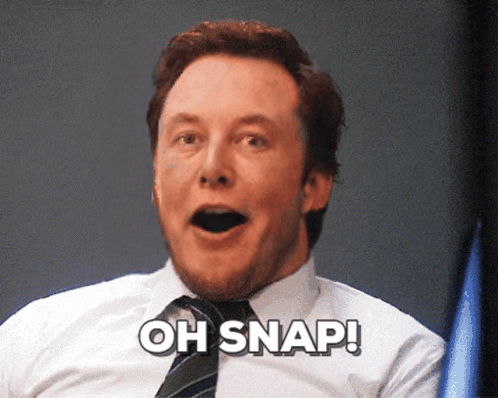PixelFlow allows you to use all these features
Unlock the full potential of generative AI with Segmind. Create stunning visuals and innovative designs with total creative control. Take advantage of powerful development tools to automate processes and models, elevating your creative workflow.
Segmented Creation Workflow
Gain greater control by dividing the creative process into distinct steps, refining each phase.
Customized Output
Customize at various stages, from initial generation to final adjustments, ensuring tailored creative outputs.
Layering Different Models
Integrate and utilize multiple models simultaneously, producing complex and polished creative results.
Workflow APIs
Deploy Pixelflows as APIs quickly, without server setup, ensuring scalability and efficiency.
Segmind Tiny-SD: A Faster, More Efficient Text-to-Image Model
Meet Segmind Tiny-SD, a breakthrough product by Segmind that is pushing the boundaries of generative AI models. As part of Segmind's ongoing commitment to making AI more accessible, we have released this new compact and accelerated Stable Diffusion model, which is open-sourced on Huggingface. Following the innovative research from the paper "On Architectural Compression of Text-to-Image Diffusion Models", Segmind has refined the idea and introduced two compact models: SD-Small and SD-Tiny. Each model exhibits a reduction in parameters while maintaining comparable image fidelity, with SD-Tiny achieving a reduction of 55% compared to the base model.
The technical architecture of Segmind Tiny-SD revolves around the concept of Knowledge Distillation (KD), akin to a teacher-student relationship in the world of AI. An expansive, pre-trained model (the teacher) guides a smaller model (the student) through the process of training on a smaller dataset. The unique aspect of this architecture is the incorporation of block-level output matching from the teacher model, which enables preservation of the model quality while reducing its size. The KD process involves a multi-component loss function that considers the traditional loss, the loss between the teacher and student generated latents, and importantly, the feature-level loss - the discrepancy between the block outputs of the teacher and student models.
The significant advantage of the Segmind Tiny-SD model lies in its speed and efficiency. With up to 85% faster inferences, these models are designed to drastically slash the time needed to generate results, delivering both superior performance and cost-effectiveness. The reduced size does not compromise the quality of the images, making this an ideal solution for tasks requiring high-quality image generation at a faster pace.
Segmind Tiny-SD use cases
-
Content Generation: Quick generation of high-quality images for digital content like blogs, social media posts, and more.
-
Game Development: Efficient and creative generation of unique game assets for independent and AAA game developers.
-
Personalized Marketing: Faster generation of personalized visual content for digital marketing campaigns, enhancing customer engagement.
-
AI Art and Design: Artists and designers can use it to create unique, AI-assisted visual content in less time.
-
Research and Development: In various AI research domains, quick inference can accelerate experimentation, enabling faster progress and discovery.
Segmind Tiny-SD License
Segmind Tiny-SD is licensed under CreativeML Open RAIL-M. This license encourages both the open and responsible use of the model. It is inspired by permissive open-source licenses in terms of granting IP rights while also adding use-based restrictions to prevent misuse of the technology, be it due to technical limitations or ethical considerations. While derivative versions of the model can be released under different licensing terms, they must always include the same use-based restrictions as the original license. Thus, the license strikes a balance between open and responsible AI development, promoting open-science in the field of AI while simultaneously addressing potential misuse.
Other Popular Models
illusion-diffusion-hq
Monster Labs QrCode ControlNet on top of SD Realistic Vision v5.1

sdxl-inpaint
This model is capable of generating photo-realistic images given any text input, with the extra capability of inpainting the pictures by using a mask

sdxl1.0-txt2img
The SDXL model is the official upgrade to the v1.5 model. The model is released as open-source software

sd2.1-faceswapper
Take a picture/gif and replace the face in it with a face of your choice. You only need one image of the desired face. No dataset, no training

